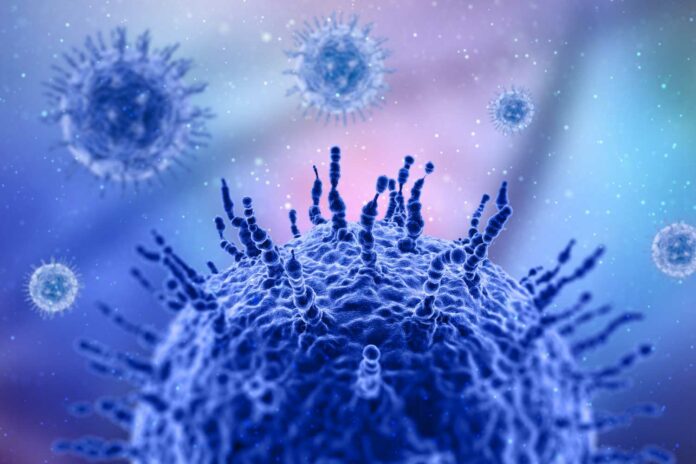The coronavirus SARS-CoV-2 has had a significant impact on human health. Finding effective methods for preventing its transmission, particularly through surfaces and aerosols, is crucial. Ultraviolet C (UVC) light is considered a promising tool for pathogen inactivation due to its ability to disrupt the genetic material of microorganisms. This chemical-free method is highly desirable for disinfection purposes.
Scientists from the University of Southampton conducted research to understand how ultraviolet laser light impacts the SARS-CoV-2 virus. Using a specialized ultraviolet laser at two different wavelengths, they studied the degradation of each viral component. The study revealed that the genomic material of the virus was highly sensitive to degradation, and the protein spikes, crucial for binding to human cells, lost their functionality under ultraviolet light.
The research from the University of Southampton focused on UVC light, specifically wavelengths of 266nm and 227nm, due to its strong disinfectant properties. UVC light, which includes frequencies below 280nm, is typically absorbed by various viral components, such as the genetic material (around 260nm) and protein spikes (around 230nm). The study utilized these specific laser frequencies to understand the impact of UVC light on the SARS-CoV-2 virus.
Scientists worked closely with scientists from the laser manufacturer, called M Squared Lasers. The study revealed that 266nm UVC light, even at low powers, induced RNA damage in the genetic material of the SARS-CoV-2 virus. Additionally, this wavelength of light damaged the structure of the virus’s spike protein, impairing its ability to bind to human cells. The damage to the spike protein was attributed to the breakdown of disulfide bonds and aromatic amino acids.
The study found that 227nm UVC light was less effective at inducing RNA damage but more effective at damaging proteins through oxidation, causing the unfolding of the protein’s structure. Given that SARS-CoV-2 has one of the largest genomes among RNA viruses, it is particularly sensitive to genomic damage.
Professor Sumeet Mahajan said, “Light deactivation of airborne viruses offers a versatile tool for disinfection of our public spaces and sensitive equipment that may otherwise prove difficult to decontaminate with conventional methods. Now we understand the differential sensitivity of molecular components in viruses to light deactivation this opens up the possibility of a finely tuned disinfection technology.”
Journal Reference:
- George Devitt, Peter B. Johnson, Niall Hanrahan et al. Mechanisms of SARS-CoV-2 Inactivation Using UVC Laser Radiation. ACS Photonics. DOI: 10.1021/acsphotonics.3c00828
